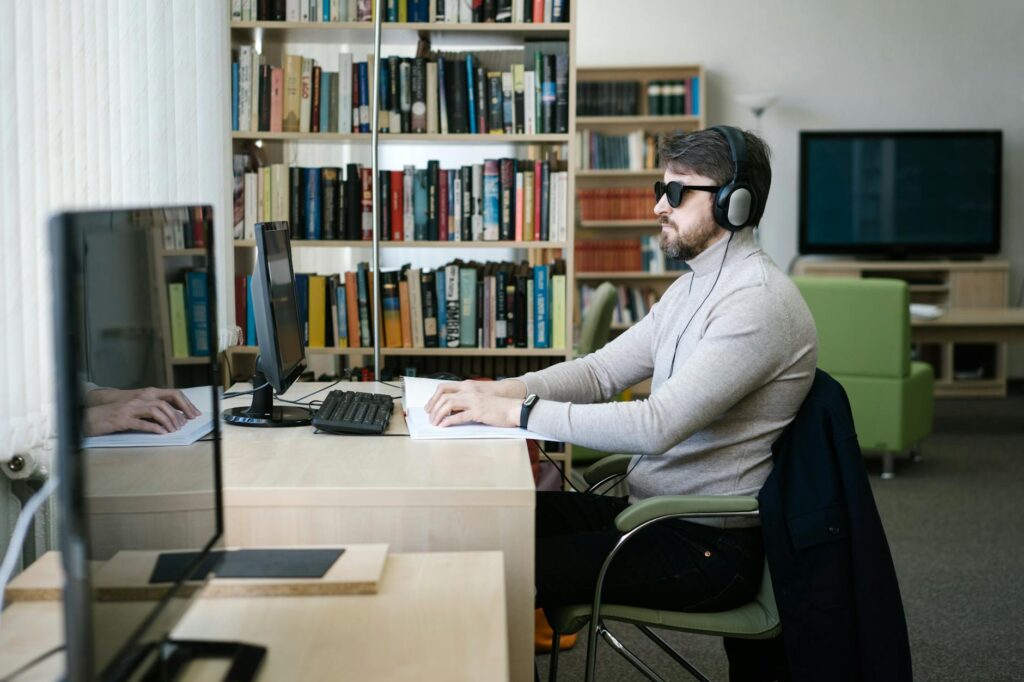What is visual aids?

What is visual aids?
Visual aids play a crucial role in enhancing understanding and retention of information. They are tools that help convey ideas more effectively, enabling both presenters and learners to grasp complex concepts with ease. Whether you’re in a classroom, a boardroom, or even sharing ideas online, the use of visual aids can transform how messages are received and understood.
Defining Visual Aids
Visual aids are any materials that present information in a visual format. This can range from simple images to complex diagrams and videos. The primary purpose of visual aids is to support the spoken or written word, making it easier for the audience to comprehend the material.
Types of Visual Aids
There’s a diverse array of visual aids, each serving a unique purpose. Here are some common types:
- Charts and Graphs: These represent data visually, making it easier to identify trends and patterns.
- Images and Photos: A compelling image can evoke emotions and make a concept more relatable.
- Videos: Short clips can demonstrate processes or tell stories that enhance learning.
- Diagrams and Flowcharts: These help in breaking down complex information into digestible parts.
- Slide Presentations: Tools like PowerPoint allow for the integration of various visual elements into a cohesive narrative.
For a more comprehensive breakdown of these types, check out the resource on Types of Visual Aids.
Purpose of Visual Aids
The primary goal of visual aids is to simplify complex information. They serve as a bridge, connecting the presenter’s ideas to the audience’s understanding. By using visuals, you can:
- Make abstract concepts tangible.
- Provide context or background to enhance comprehension.
- Stimulate interest and curiosity, encouraging deeper engagement.
Visual aids are particularly effective in presentations, as they help maintain audience engagement. For more insights, explore the benefits of using visual aids in presentations at 5 Reasons to Use Visual Aids for Speeches and Presentations.
Benefits of Using Visual Aids
Incorporating visual aids into presentations and learning environments offers numerous advantages.
Enhancing Retention and Recall
Have you ever noticed how much easier it is to remember a story with vivid imagery? Visual aids boost memory retention by creating strong associations in the mind. Studies show that we remember visual information much more effectively than verbal instructions alone. When you combine both, you create a powerful learning experience.
Improving Clarity and Understanding
Visuals can clarify concepts that might seem confusing in text. For instance, a flowchart can simplify a complicated process, allowing you to visualize each step clearly. As a result, your audience gains a better understanding, reducing the chances of misinterpretation.
Engaging the Audience
Let’s be honest: people are naturally drawn to visuals. A well-designed visual can capture attention and hold it longer than words alone. This engagement is crucial in settings like lectures or meetings, where maintaining interest can be challenging. Use visuals to break the monotony and keep your audience alert and involved.
Best Practices for Creating Effective Visual Aids
Creating effective visual aids isn’t just about slapping an image on a slide. Here are some best practices to follow:
Keep It Simple
Clutter can confuse your audience. Aim for simplicity in your visuals. Limit text, focus on essential points, and use white space effectively. A clean design allows your audience to focus on your message without distractions.
Use High-Quality Images and Graphics
Nothing detracts from a presentation more than blurry or low-resolution images. High-quality visuals enhance credibility and professionalism. Always opt for clear, high-resolution images to ensure your visuals are appealing and effective.
Align Visuals with the Content
Ensure that your visuals complement the message you’re trying to convey. Misaligned visuals can lead to confusion rather than clarity. Every visual should enhance the understanding of your content and resonate with your audience’s needs.
Conclusion
Visual aids are invaluable tools that can elevate any presentation or learning experience. They simplify complex ideas, enhance audience engagement, and improve retention. By applying the best practices for creating effective visual aids, you can significantly impact how your audience receives your message. So next time you prepare for a presentation or study session, consider incorporating visual aids to enrich the experience and boost understanding.
For more detailed insights on the importance of visual aids, check out this article on Using Visual Aids in Your Presentation.

Photo by Mikhail Nilov